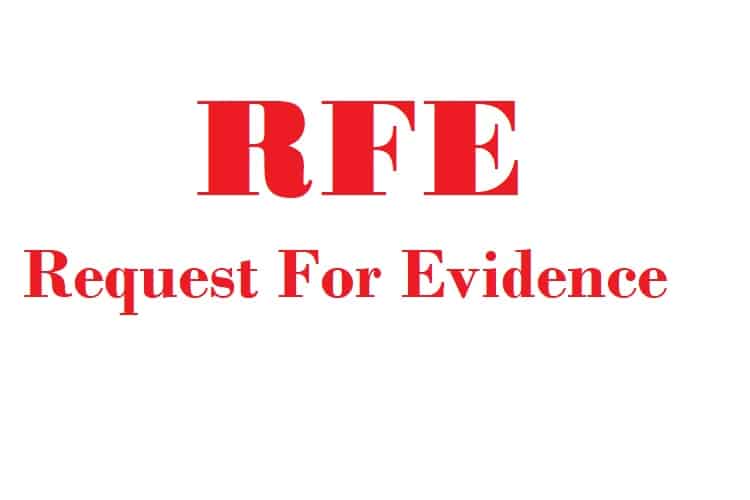Introduction
In today's globalized globe, college credentials are increasingly valued throughout national borders. Many individuals seek to enhance their jobs or seek instructional opportunities in various nations, demanding a comprehensive understanding of their academic credentials. This is where international credential analysis services entered play, assisting both people and institutions in validating the credibility and equivalency of international academic credentials.
Among the different techniques of credential evaluation, the course-by-course credential evaluation stands out as a precise strategy that gives a thorough analysis of a person's educational records. This article will explore the subtleties of course-by-course examinations, detailing what they require, why they are very important, and exactly how they can influence one's job trajectory.
What is Course‑by‑Course Credential Evaluation?
Definition and Purpose
A course-by-course credential evaluation entails a comprehensive examination of each course noted on an academic transcript. This analysis not only converts qualities and credit histories yet likewise analyzes the content and roughness of each training course taken by the student. The primary goal is to establish exactly how these programs https://rentry.co/7h645z4t align with instructional criteria in an additional country.
Importance of Course‑by‑Course Evaluations
Why is it essential to perform a course-by-course analysis? For people planning to examine or function abroad, this kind of assessment can offer useful understandings right into exactly how their previous scholastic experiences equate in a new context. It assists establishments in making educated decisions concerning admissions, working with, or licensure.
The Refine of Course‑by‑Course Credential Evaluation
Step 1: Document Collection
The first step in any type of academic credential evaluation procedure is collecting needed files. This generally consists of:
- Official transcripts Degree certificates Course curricula (if readily available)
Having these files prepared improves the analysis process.
Step 2: Testimonial and Analysis
Once records are collected, critics meticulously review them for credibility and efficiency. Each course is assessed based upon several criteria:
- Credit Hours: The number of credits were assigned per course? Grades: What qualities were achieved? Course Content: What topics were covered?
Step 3: Comparison with Local Standards
After thorough analysis, critics contrast the training courses against neighborhood academic requirements. They may reference resources such as:
- National databases Accreditation bodies Institutional guidelines
This contrast aids figure out similarity levels for each course.
Step 4: Record Generation
Finally, evaluators compile their findings into an extensive record that outlines:
Total debts earned. Equivalent courses at neighborhood institutions. Grading ranges comparisons.This record functions as a certification that can be provided to schools or employers.

Benefits of Course‑by‑Course Credential Evaluations
Enhanced Understanding of Academic Background
One main advantage is that trainees gain clarity on exactly how their global education straightens with local expectations. This understanding equips them for far better decision-making worrying refresher courses or task applications.
Increased Employability
Many companies need candidates to have actually reviewed qualifications when considering candidates from abroad. A positive assessment can significantly boost employability prospects.

Facilitates Admission to Educational Programs
For pupils desiring to register in degree programs, having a comprehensive assessment assists institutions examine whether candidates meet entrance demands much more effectively.
Work Experience Analysis vs. Course-by-Course Credential Evaluation
What is Work Experience Evaluation?
A work experience evaluation focuses on assessing expert experiences as opposed to scholastic success. It takes a look at skills gotten via employment instead of formal education.
Key Differences In between Evaluations
|Function|Course-by-Course Credential Examination|Work Experience Evaluation|| ---------------------------|---------------------------------------|----------------------------|| Emphasis|Academic programs|Expert experience|| Documents Needed|Records and syllabi|Work letters|| Result|Academic similarity|Ability acknowledgment|
Understanding these differences helps individuals in choosing which kind of examination fits their demands best.
Expert Opinion Letters
Importance of Expert Point of view Letters
An expert viewpoint letter work as an extra layer of recognition for evaluations, specifically when unique scenarios emerge-- like unaccredited establishments or non-traditional academic experiences.
How They Are Used
These letters can support applications by offering understandings from experts who assess qualifications based on sector requirements or particular institutional requirements.
Common Misconceptions About Credential Evaluations
Myth 1: All Assessments Are Developed Equal
Not all analyses hold the very same weight; various organizations have varying approaches and acceptance prices amongst institutions.
Myth 2: Only Degrees Matter
While levels are crucial, several companies worth skills obtained through job experience just as-- and this stresses the value of job experience evaluations together with scholastic assessments.
FAQs Regarding Course‑by‑Course Credential Evaluation
What papers do I need for a course-by-course credential evaluation?- You normally need official transcripts, level certifications, and possibly program syllabi if available.
- The duration differs by company but typically ranges from a couple of weeks to a number of months depending upon complexity.
- Yes! Many companies acknowledge examined qualifications when making employing decisions.
- Generally speaking, of course; because of its detailed nature and extensive analysis.
- Not all; it's important to inspect certain institutional demands prior to applying.
- It's best to make clear any kind of disparities with your institution before entry; evaluators may flag incongruities impacting your assessment.
The Role of Various Stakeholders in Credential Evaluation
Educational Institutions
Institutions rely on precise analyses to admit eligible prospects while guaranteeing conformity with accreditation standards.
Employers
Employers use analyses to confirm prospective hires' certifications accurately-- enhancing trust fund throughout employment processes.
Government Bodies
Some federal government companies require credential examinations for migration functions; thus playing a crucial function in global mobility.
Conclusion
In summary, browsing the intricacies surrounding worldwide education and learning requires comprehensive understanding and knowledge-- both discovered within the world of credential analyses especially focused on courses taken during one's scholastic journey. A course-by-course credential evaluation not just lights up specific success but likewise fosters opportunities throughout borders through boosted employability and academic access.
As globalization continues shaping our globe, investing time into comprehending these subtleties can verify indispensable for those looking toward international perspectives-- whether academically or expertly oriented! Always remember that you have choices offered-- so make educated choices concerning your future!